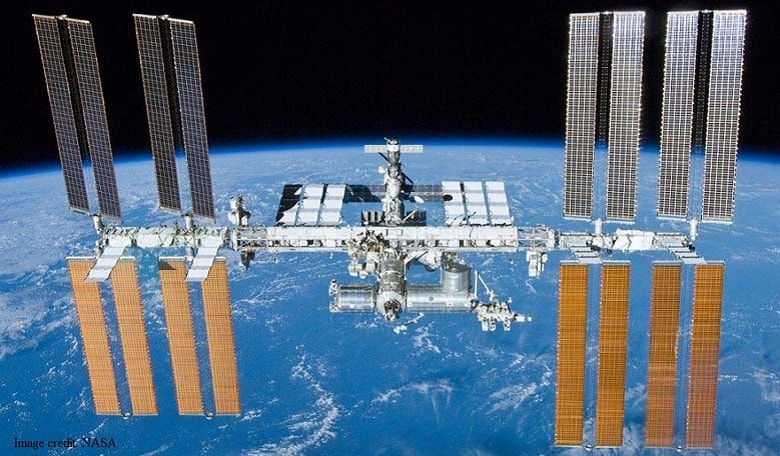BOSTON – Leaders of the American space industry gathered last week to discuss prospects for the International Space Station, including in commercialization and education.
These issues converged with a concern about awareness of the ISS’s potential benefits. One of the main questions is how long the ISS will remain in service. Currently, it is scheduled for retirement in 2024 with no appointed replacement, but avoiding a service gap is crucial to build on its progress, speakers said.
The foundation for a strong commercial environment in Lower-Earth Orbit has been established in the joint efforts of NASA and companies such as space hardware developer NanoRacks, the company’s managing director, Jeff Manber, told the conference on Wednesday.
“What NASA is doing with NanoRacks today to encourage the development of the cubesat market, I think, is extraordinarily important,” Manber said. “And yet it was unanticipated, and that’s what commercial is: commercial, you go where the market tells you.”
More investors and companies are aware of the benefits of the ISS now, said Cynthia Bouthot, business development manager at the Center for the Advancement of Science in Space (CASIS), which manages the station’s U.S. National Laboratory. Still, the instinct to minimize risk meant that the initial engagement focused on more risk-tolerant academic work.
“[Companies] didn’t want to be on the bleeding edge, they wanted to de-risk. So we did these [requests for proposals], we got the science folks to do them, the academics,” Bouthot said. To get to the current stage of corporate involvement, of as many as 30 major companies, required extensive discussion about what would appeal about research on the station.
“That pipeline is looking even bigger than that, so we’re seeing those commercial companies come in now, which we’re super-excited about,” she said.
The risks are also clear to schools such as Duchesne Academy in Houston, whose presenters at the conference were frank about the bad luck they have encountered since the Orbital ATK Antares explosion last fall.
“After Orbital Services exploded last October, and we did the second attempt, it was on SpaceX 7 just a little over a week ago,” said teacher Kathy DuQuesnay, referring to an explosion on 28 June. “We’re always told the third time’s the charm.”
In its educational outreach, CASIS is cooperating with organizations throughout the United States to boost awareness of the STEM subjects and participation in projects designed for the station, said Ken Shields, the center’s flight operations and education manager.
“We’ve partnered with the Boy Scouts of America, we’re also partnering with Boys’ and Girls’ Clubs of America, Girls, Inc.,” Shields said. “A big thrust that we have is reaching out to the under-represented demographics of girls, minorities, challenged communities.”
CASIS’s outreach efforts in commerce and education run in parallel, both tapping into existing investment and organizational networks, to build awareness of what the ISS — and whatever successor it may have — can offer.
Reporting by Nathan Gray











